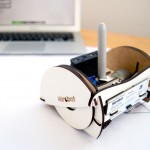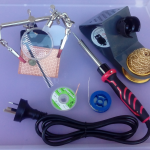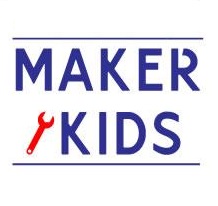It’s cool to look at past visions of the future, particularly those from companies in a sales/marketing context because they contain all the fabulous buzzwords from the time.
Entitled RCA Video Monitors: The Future Is Now (1983), the below is a segment from an extremely rare CED videodisc sent to dealers telling them about the then new concept in TV design: the inclusion of multiple A/V inputs and outputs for connecting multiple devices!

The intermittent skipping you see on the video was “normal” for that videodisc technology. Mind that videodisc wasn’t DVD, videodisks were quite big.
Note that, oddly, DVDs also exhibit a brief skip when (they switch from one layer to another on dual-layer disks). Technically it’d be so easy to avoid this visual annoyance!.

The Compact Disk (CD) was invented by Philips and launched around 1984. DVD (Digital Versatile Disk) is from 1995. Philips actually has a history of these broad innovations, in 1953 they launched the Compact Cassette.
Philips somehow misfired with video recorders (VCRs), adopting the technically superior Video 2000 format (1979), and as we now know VHS became the global standard. The VCR format saga is an interesting historical example of where factors other than purely technical superiority played a role in defining the winner. Among other factors, they came in late – but there was more to it. Anyhow, we know that even Betamax was regarded as superior in quality to VHS, Betamax remained in use for professional recording equipment for a very long time.





My 9 year old son fell in love with all the aspects of this program - the simple but still…
Cara, Parent